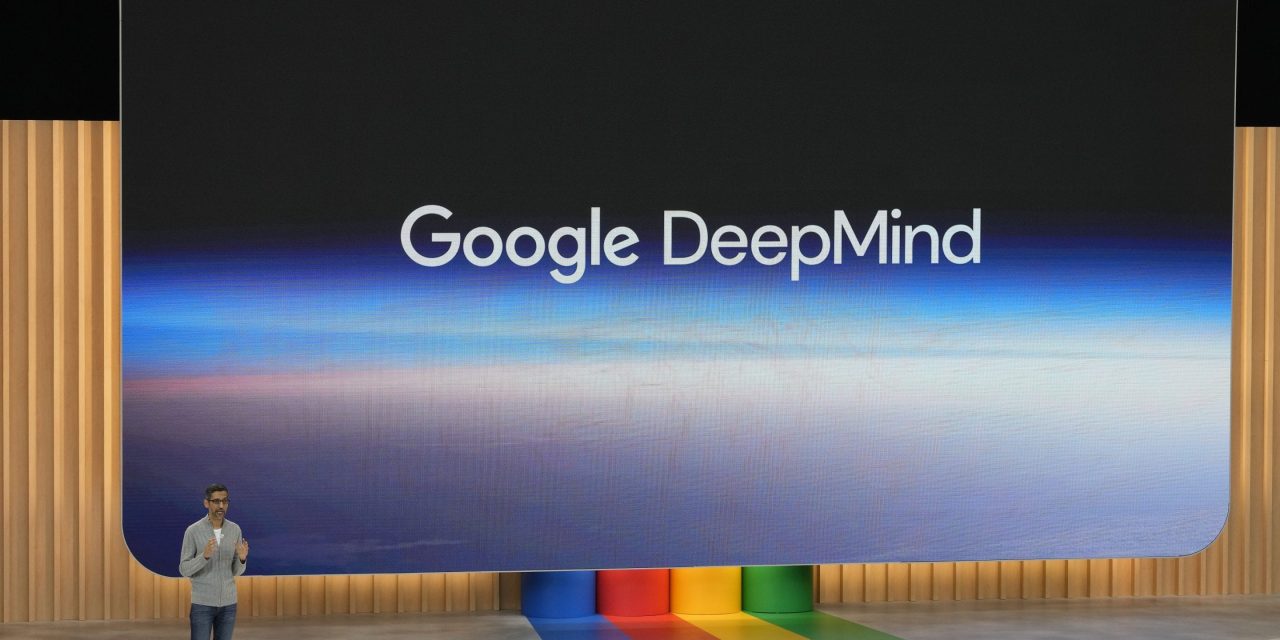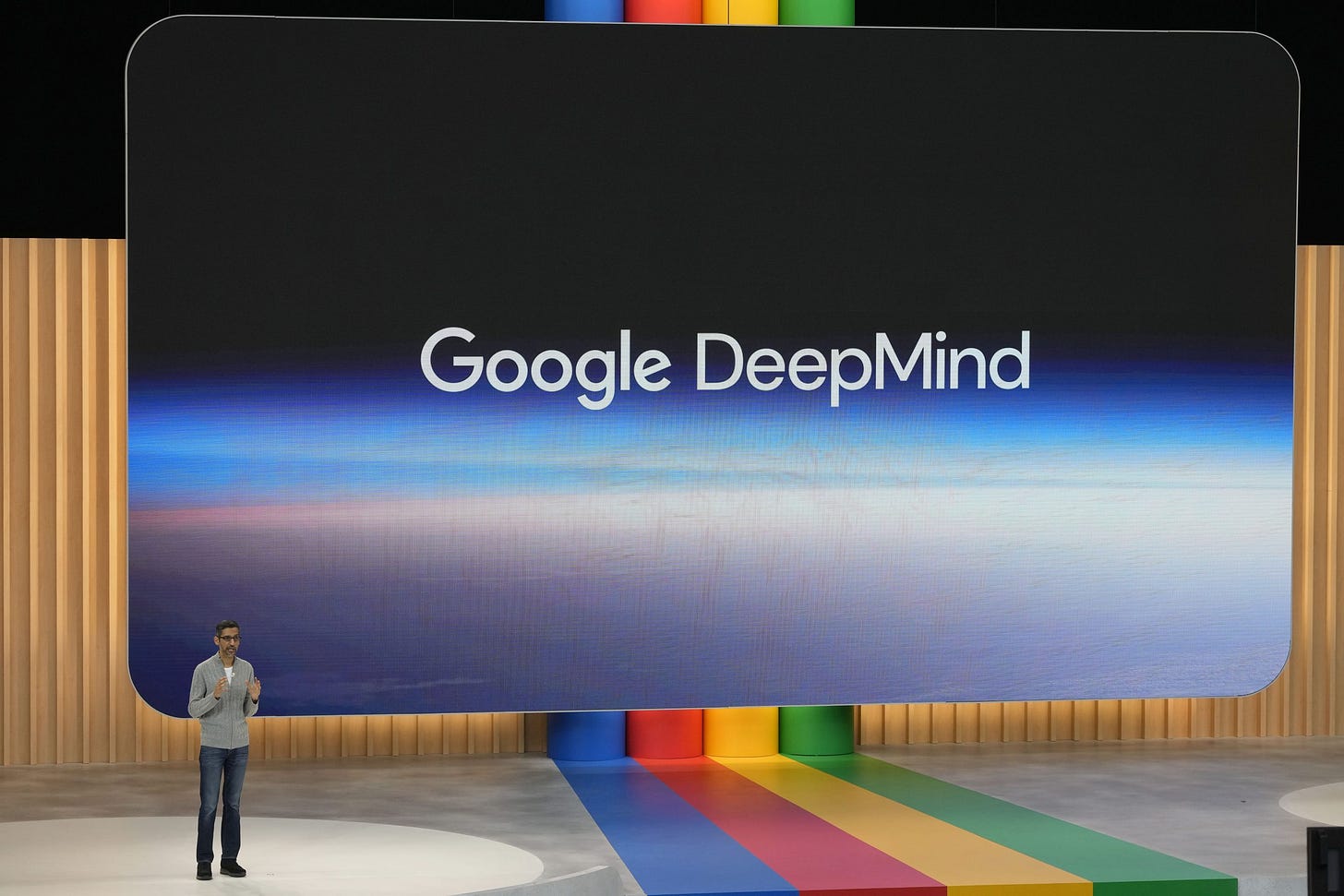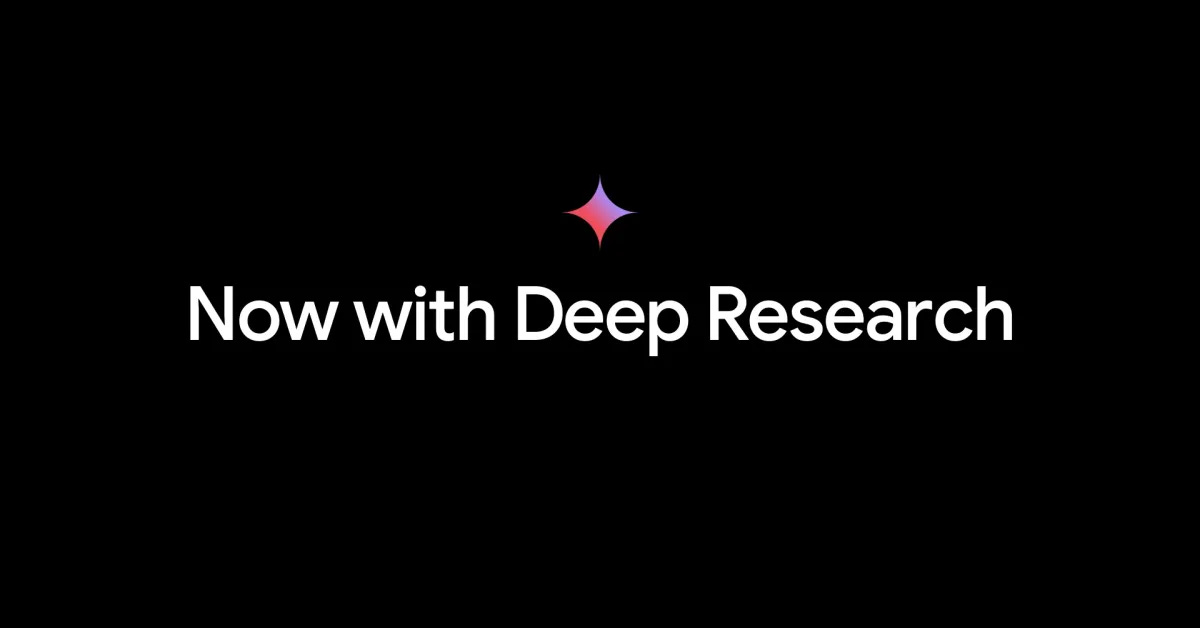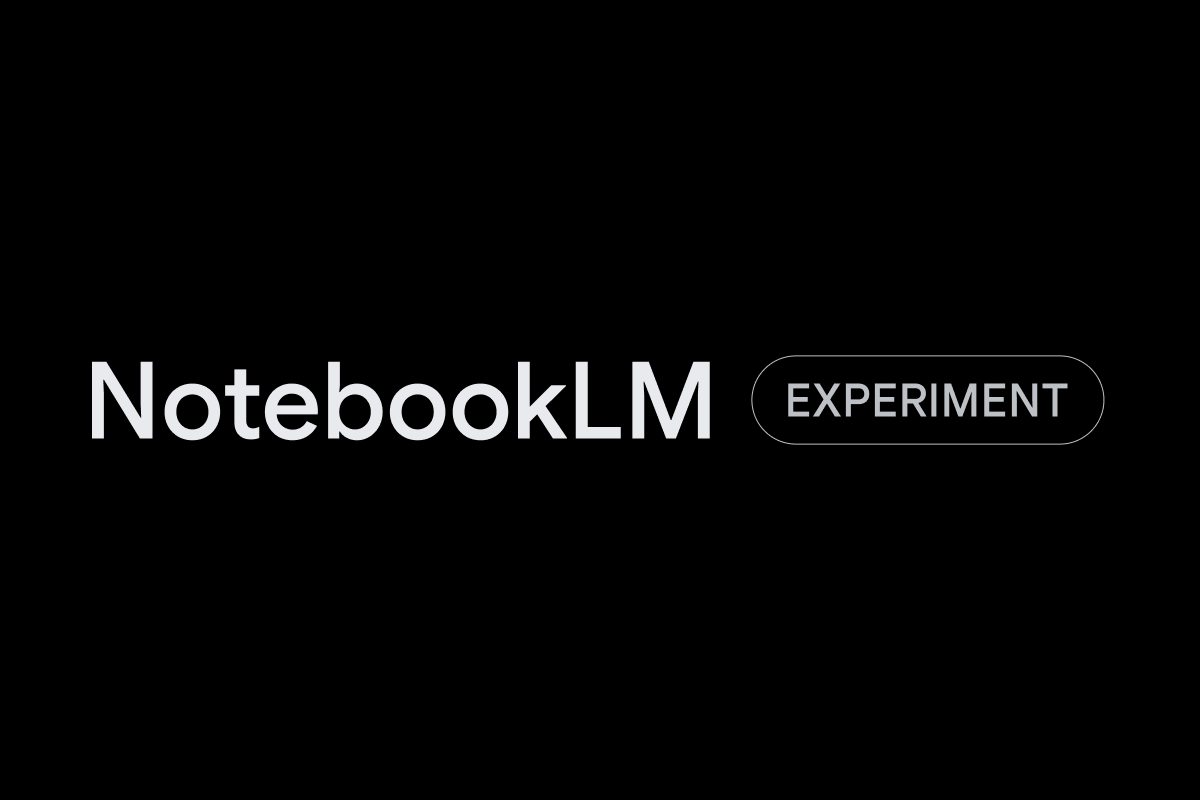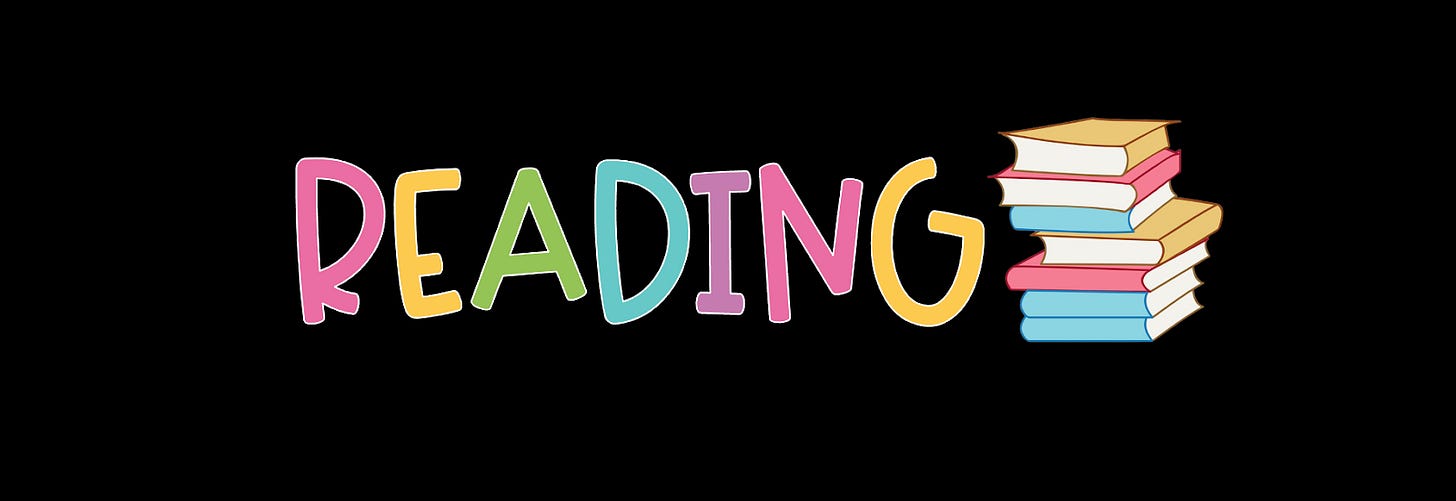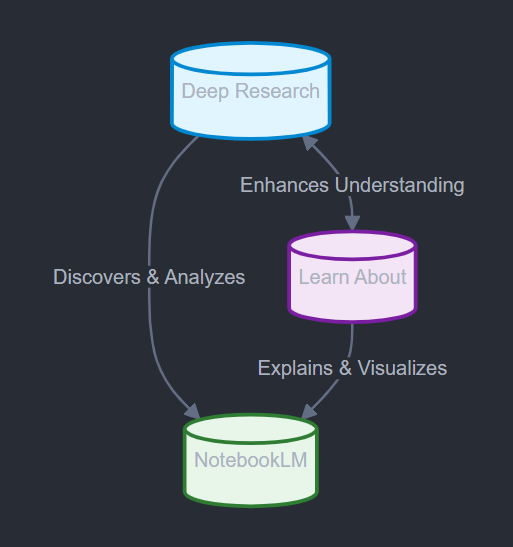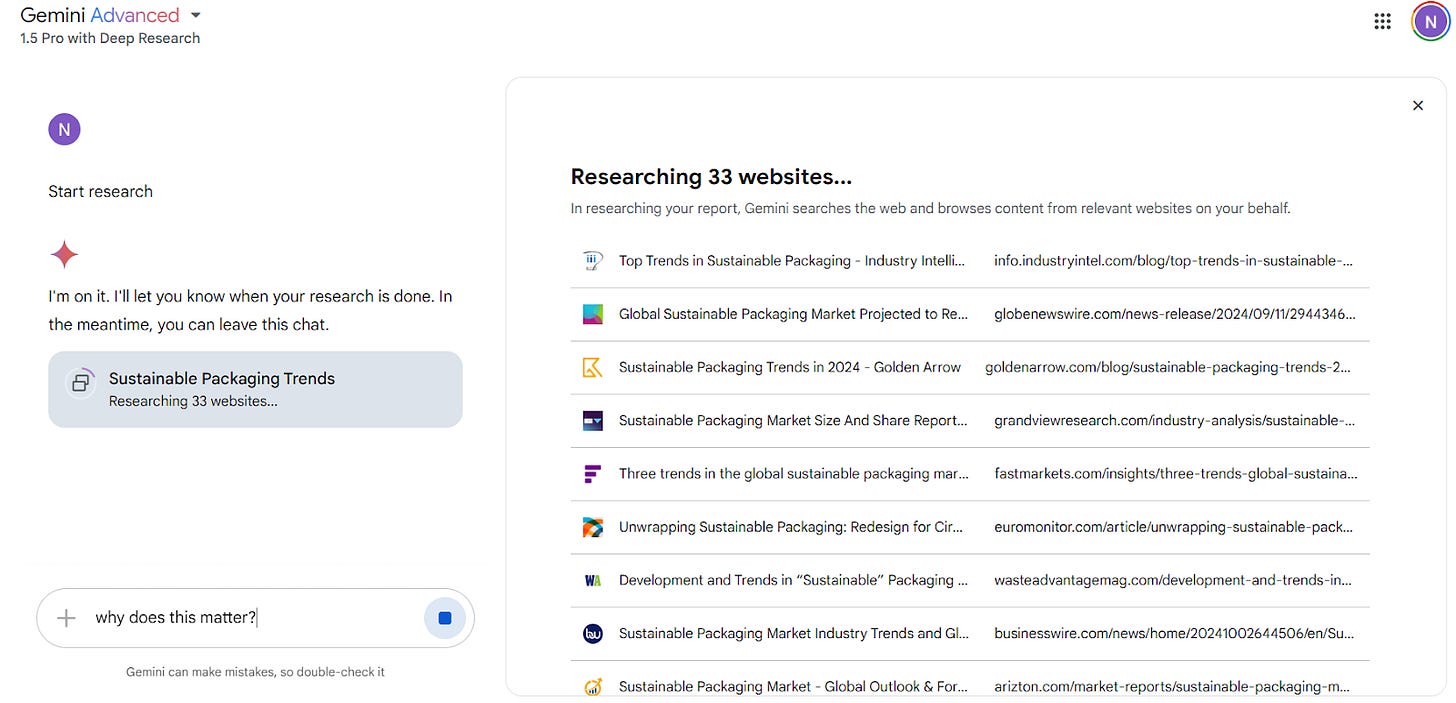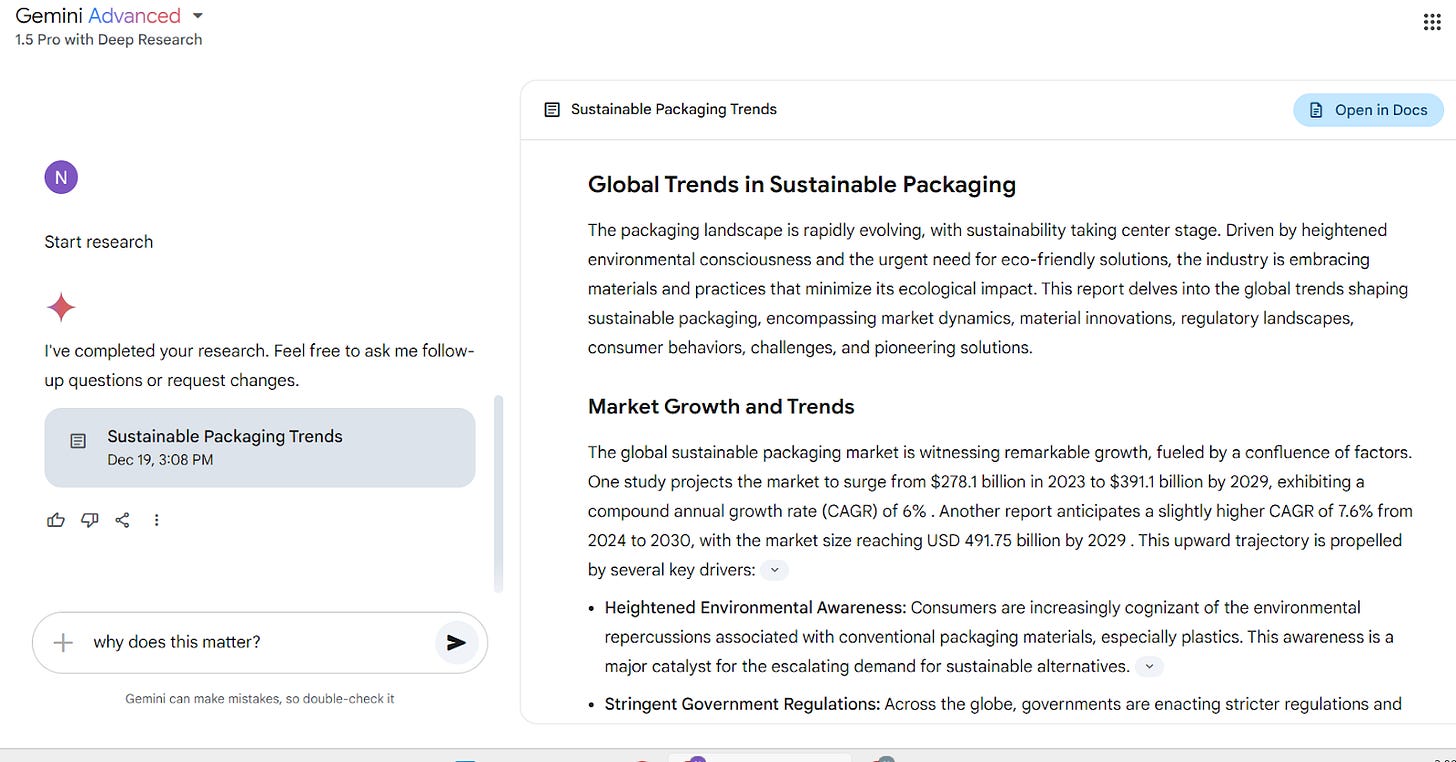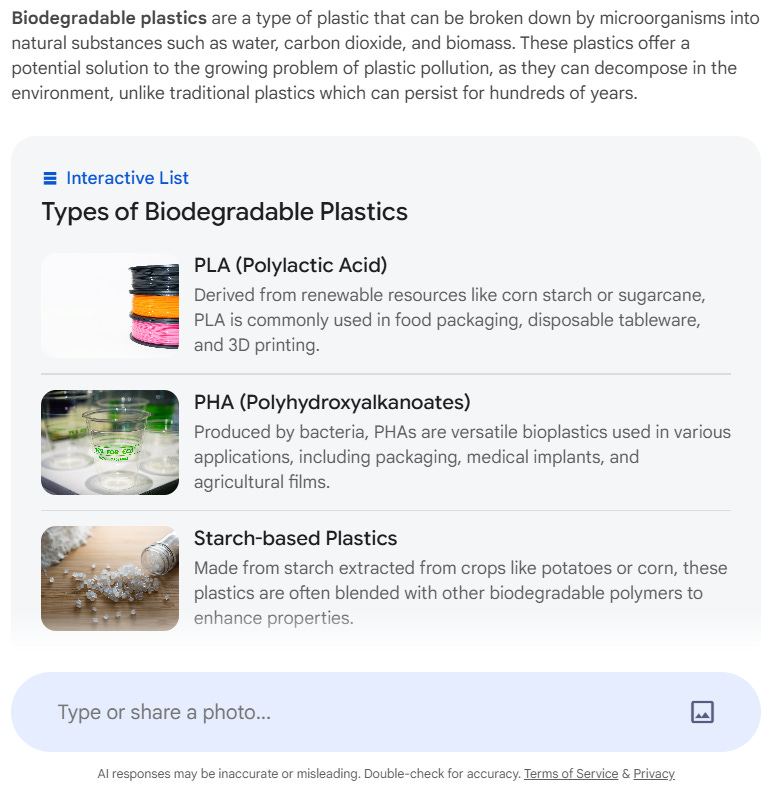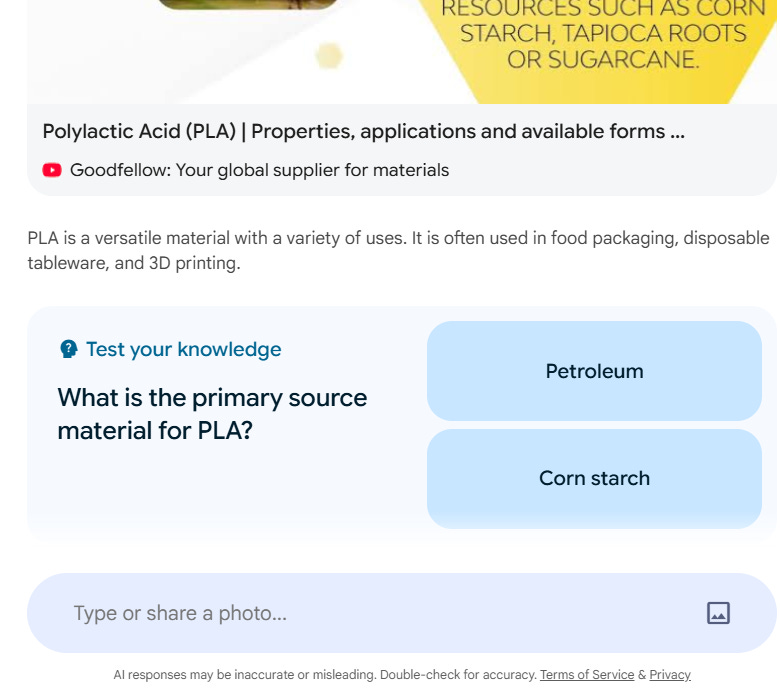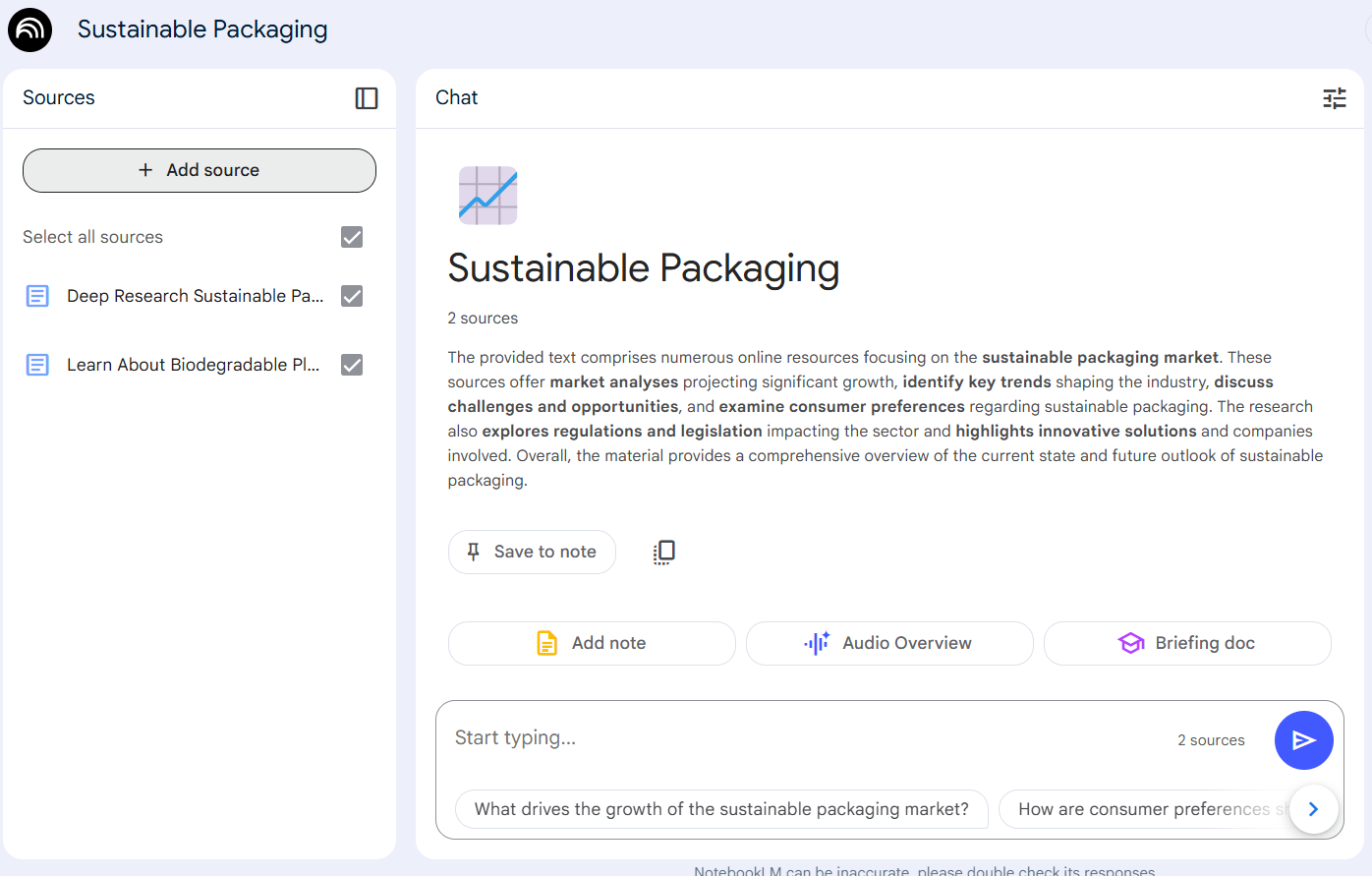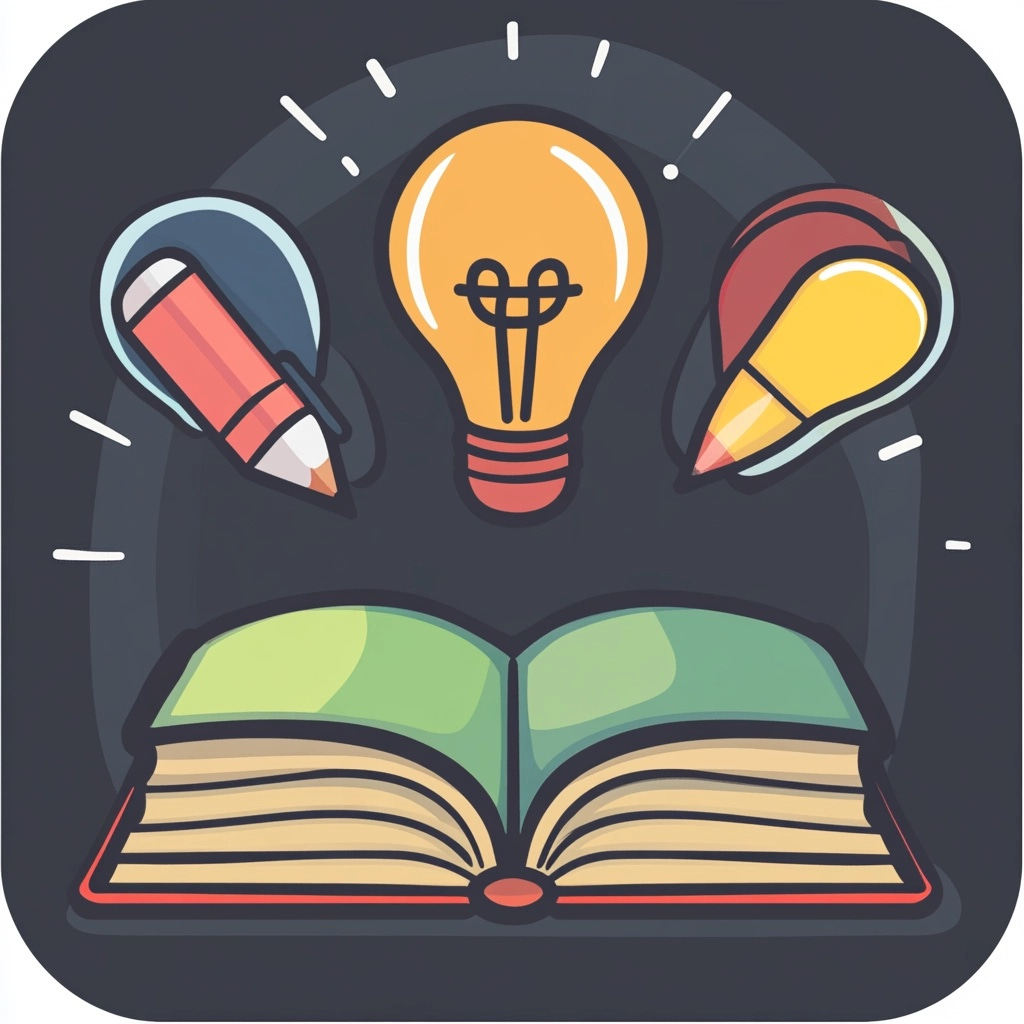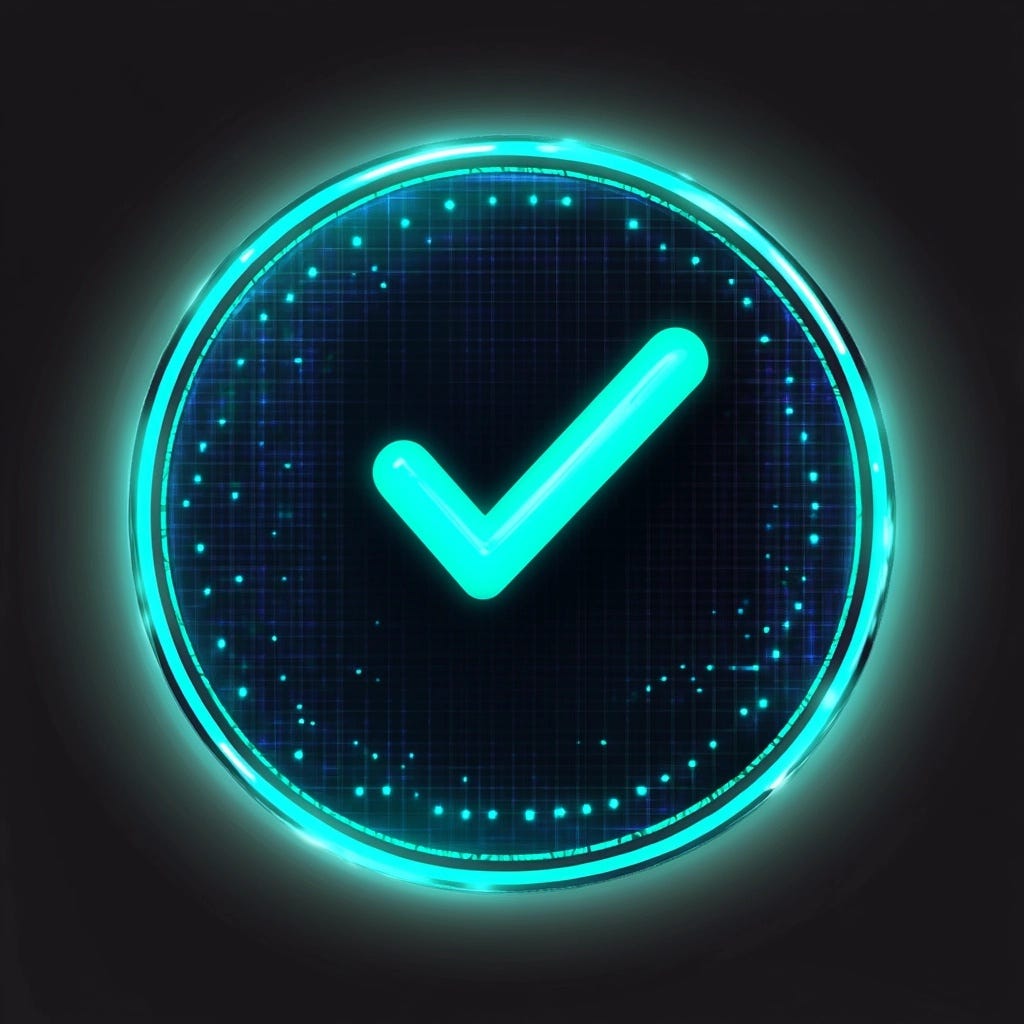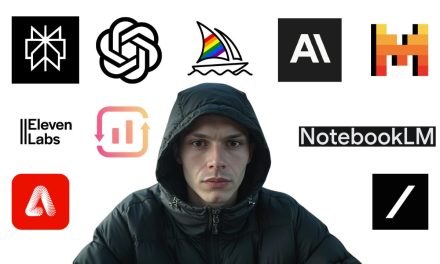As I keep thinking about the top AI Tools of 2024 (preview), I like many other was impressed by Google’s Gemini 2 announcement and the December, 2024 progress update. With NotebookLM getting a bit popular in the Fall of 2024, Google consumer AI tools have suddenly gotten a lot better.
In 2025 here’s what we can look forwards to from Google on the AI Tools front: Google Gemini is no ChatGPT or Claude. However Google is competing hard in other categories and their myriad AI tools.
Experimental
-
Project Astra
-
Project Mariner
-
Upgrades to NotebookLM and a premium version
-
Improvements to Google Veo
A Little More Technical
-
Google Models (improved multi-modality with longer context windows)
-
Google Thinking Mode (Gemini 2.0 Flash Thinking Experimental) – I call this FTE for Flash Thinking Mode.
-
Google PaLM 3 (Google’s Pathways Language Model)
-
Project Jules (Agents for Developers)
-
Google Datascience Agent now under Google Colab
Merits of Gemini Advanced Subscription
Suddenly Google’s paid subscription is looking a lot more interesting. Gemini Advanced is a subscription service priced at $19.99 per month and it unlocks a lot more value to access some of these AI tools.
However, there’s another trinity of AI tools by Google that doesn’t get enough credit. Search isn’t just being upgraded by Perplexity and Google’s own Search Generative Experiences (SGE) and a few other surprises in 2025, there’s new research tools that some of you might not be familiar with:
-
Google Deep Research
-
Learn About (Built on the LearnLM model)
-
NotebookLM (and what it evolves into)
I asked of the Newsletter Educating AI to offer what he thinks of how using Deep Research, Learn About and NotebookLM in tandem for research and in education.
Recent Posts by Nick
-
Beyond Efficiency: How AI is Unleashing Generative Thinking in Education
-
The AI Teaching Revolution? Speculation vs. Evidence
-
Is Language AI’s Ultimate Limit?
By Nick Potkalitsky, December, 2024.
Supercharging Your Research: Combining Google’s AI Tools for Maximum Insight
Here’s what people rarely mention: Google’s emerging AI research tools are more powerful when you use them together. With a careful approach, you can amplify your learning and productivity—despite their quirks and the need for careful reading.
Your Four-Partner Team: Three AI Tools + Real Reading
-
Deep Research (Gemini Advanced subscription required): Your digital research analyst. It efficiently taps into the web, returning robust, detailed reports—a leap beyond older, clunkier attempts at web-connected AI.
-
Learn About (Free): Your personal instructor. It breaks complex topics into accessible explanations, with visuals and vocab aids that solidify your foundational understanding.
-
NotebookLM (Free, with Plus coming soon): Your research repository. It’s your central hub for storing documents, notes, images, and audio summaries. Turn it into a Q&A environment built around sources you’ve selected.
-
Reading the Sources: The underrated hero. While AI summaries help you navigate information faster, nothing replaces the nuance and depth of going to the original texts. Reading ensures accuracy and grounds your insights in reality.
Why Combine Them?
Faster Onboarding: Start broad with Deep Research, then refine and clarify concepts through Learn About. Finally, use NotebookLM to synthesize everything into a cohesive understanding.
Deeper Clarity: Unsure about a concept uncovered by Deep Research? Head to Learn About for a primer. Want to revisit key points later? Store them in NotebookLM and generate quick summaries on demand.
Adaptive Exploration: Create a feedback loop. Let new terms or angles from Learn About guide more targeted Deep Research queries. Then, compile all findings in NotebookLM for future reference.
A Streamlined Workflow + Interactive Example
-
Prep with Deep Research:
Start by asking Deep Research a broad question. For instance, “Why do sustainable packaging trends matter?”
Deep Research returns a structured report, citing multiple sources. You now have a foundation: current practices, emerging materials, and key issues. Its sophisticated retrieval and generation make the initial phase feel more efficient than past generations of AI-powered web queries.
-
Build Understanding with Learn About:
Next, deepen your grasp of a specific subtopic—say, “biodegradable plastics.”
Learn About offers diagrams, definitions, and “Why it matters” sections. It may even provide rudimentary quizzes. By reviewing these resources, you get a conceptual map before diving into the details uncovered by Deep Research.
-
Synthesize in NotebookLM:
Collect your Deep Research report and Learn About visuals into a single notebook.
For example:-
Create a “Sustainable Packaging” notebook.
-
Store the biodegradable plastics diagrams.
-
-
Add notes from your Deep Research findings. Ask NotebookLM to ask for new source idea based upon multiple research strands.
Now you can ask NotebookLM to summarize, highlight key terms, or generate an audio overview.
https://notebooklm.google.com/notebook/6ef6407a-8481-45da-b488-cfc523ed918c/audio
But remember: this is a starting point, not the end. Use these summaries to guide your actual reading of a few primary source documents to confirm accuracy.
-
Emphasize Actual Reading:
Don’t let the AI shortcuts tempt you into skipping the real texts. Open a few referenced articles, skim academic papers, and read industry reports. The AI tools give you a map, but reading is how you truly understand the terrain.
Practical Tips
Deep Research:
-
Interact iteratively, asking follow-ups to refine your focus.
-
Requires Gemini Advanced, so weigh whether its added capabilities justify the investment.
Learn About:
-
Save key visuals and terms.
-
The free access and explanatory content make it a strong starting point.
NotebookLM:
-
Keep notebooks organized by topic or theme.
-
Regularly convert notes to sources so that your Q&A sessions stay grounded.
-
Free to use, so experiment to find what fits your style.
Reading Sources:
-
Spot-check any AI summary against an original article.
-
Develop a habit of confirming critical data points by reading.
Potential Pitfalls
-
Over-Reliance on AI: Don’t let the convenience trick you into skipping source material. AI can misinterpret or oversimplify.
-
Bugs and Firewalls: Features may break, and some tools might be blocked on school networks. Be prepared to adapt.
-
Data Fidelity: Multiple “layers” of AI summaries can dilute original meaning. Regular reading keeps you tethered to genuine content.
Beyond the Trio: Verification
If you want more reassurance, use external tools like Perplexity to verify facts or explore differing viewpoints. Cross-checking ensures your final understanding is well-rounded and credible.
Your Next Steps
-
Pick a topic that intrigues you—maybe something related to sustainable materials or another emerging field.
-
Try the sequence: Deep Research → Learn About → NotebookLM → Reading.
-
Gradually refine this routine. Over time, you’ll learn which steps to emphasize and how to leverage each tool’s strengths.
In a world overflowing with information, these three Google tools—plus your own reading—can form a powerful quartet. They’re evolving, imperfect, but full of potential. Mastering their synergy can streamline your research and give you deeper insight, faster than ever before.
Dive Deeper: AI in Education
is a leader on the topic of AI in education.
Want to understand how AI is transforming education? Check out my recent conversation with Ana Melikian on the MINDSET ZONE podcast, where we explore everything from AI literacy to the future of teaching. We discuss practical frameworks for students and educators, the importance of maintaining critical thinking skills, and how to effectively balance technology with traditional learning methods.
Listen to the full episode here → https://anamelikian.com/ai-and-education-shifting-paradigms-with-nick-potkalitsky/
Editor’s Note
I’m going to keep working on my deep dive list of AI tools of 2024 that should be even better in 2025 before I release is to everyone. Stay tuned for more AI Tool guides.
Read More in AI Supremacy

